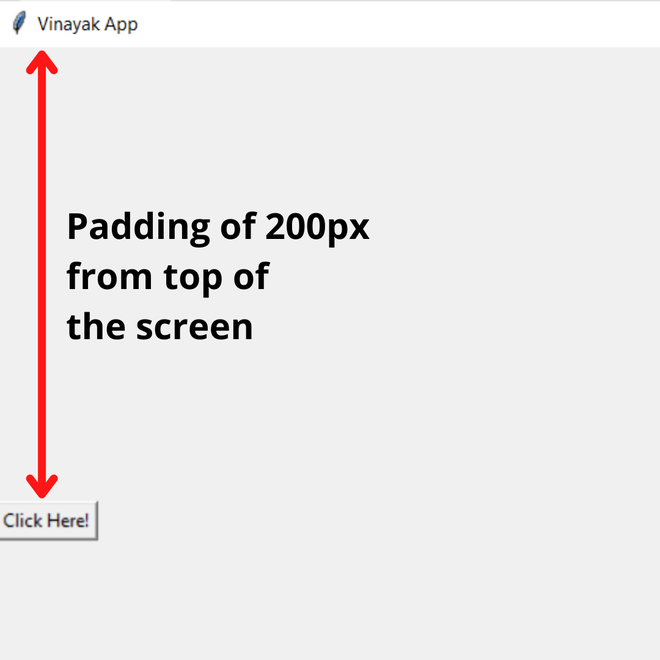
This will create a top-level window (root) having a frame with a title bar, control box with the minimize and close buttons, and a client area to hold other widgets. After importing, setup the application object by calling the Tk() function. The following code demonstrates the steps in creating a UI.įirst of all, import the TKinter module. GUI elements and their functionality are defined in the Tkinter module. This tutorial explains the use of Tkinter in developing GUI-based Python programs. WxPython is a Python wrapper around WxWidgets, another cross-platform graphics library. PyGTK is the module that ports Python to another popular GUI widget toolkit called GTK. PyQtis, the Python interface to Qt, is a very popular cross-platform GUI framework. This module is bundled with standard distributions of Python for all platforms. Tkinter is the Python port for Tcl-Tk GUI toolkit developed by Fredrik Lundh. Many of them have been ported to Python in the form of importable modules.

These graphics libraries are generally written in C/C++.
Tkinter winfo x position software#
A graphics library is a software toolkit having a collection of classes that define a functionality of various GUI elements. Such applications are developed using one of various graphics libraries available. These applications can receive inputs through mouse clicks and can enable the user to choose from alternatives with the help of radio buttons, dropdown lists, and other GUI elements (or widgets). They have a more ergonomic graphical user interface (GUI) thanks to high speed processors and powerful graphics hardware. User interaction is not restricted to console-based I/O. Modern computer applications are user-friendly.


 0 kommentar(er)
0 kommentar(er)
